A few days ago I became the proud owner of a Fujifilm X-Pro1, which is one of the most interesting cameras I’ve owned for a while.
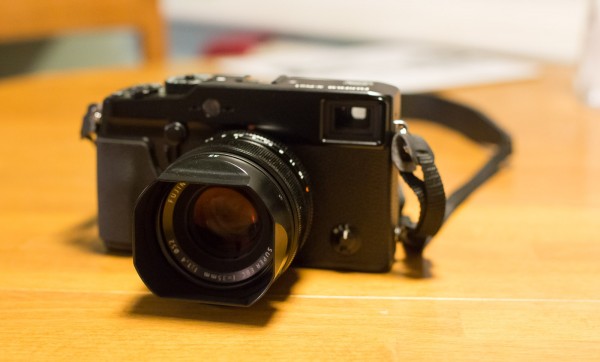
It has a pleasingly retro look, is very nicely put together, and follows the old range-finder style, with an optical viewfinder offset from the lens. This design has a whole host of usability challenges to do with parallax and focussing, but it hasn’t stopped, say, Leica, from being rather successful with it – and in the past it was the only option if you didn’t want the bulk of an SLR.
But today we have digital mirrorless cameras for this – you can see through the lens using the digital sensor and a screen – so it is somewhat eccentric still to use a viewfinder in which, quite often, part of the image is actually obscured by the lens itself. But the separate viewfinder also has advantages of clarity and frame rate, and of giving you a field of view larger than the image you’re about to capture, so you can see, for example, whether someone is about to walk into the frame.
The clever thing about the X-Pro1, though, is that it does both. The optical viewfinder has some digital overlays on it showing extra information (framing, focus points and histograms, for example) but can also switch into a fully-digital mode, where you’re seeing exactly what the lens sees. And there’s the screen on the back if you prefer that. Plenty of choice, and exceedingly cunning. It even has some unexpected tricks up its sleeve: if you’re in optical viewfinder mode and focusing manually, you can click a button and it switches to a dramatically zoomed-in digital view, with focus peaking if wanted. Press again and you’re back to optical.
There are much easier cameras out there to use: the autofocus is not particularly sophisticated by modern standards, for example, even when you aren’t trying to do it through a separate viewfinder. Not only is this not just a point-and-shoot, if you pick it up expecting to use it as one, you’re likely to be disappointed. It keeps you thinking all the time, which is partly why I bought it: I thought I could learn a lot from this camera.
But the other reason was the image quality. The Fuji lenses are superb, and the sensor, which is an APS-C size, such as you’d find in most consumer-level DSLRs, is larger than in most cameras of this size and is generally agreed to be superior even to most other APS-C sensors thanks to some Fuji innovations. But the camera has been out for nearly a year and a half, so there are plenty of reviews out there you can read if you want to know more.
I’m still learning and making lots of mistakes, but I’m also loving it. For something that I can sling over my shoulder, and not notice when it’s in my bag, I’ve got a few very pleasing images even in my first couple of days. A few samples below – you can click through to Flickr and find ‘View all sizes’ in the bottom-right menu if you want to get a feel for the clarity.

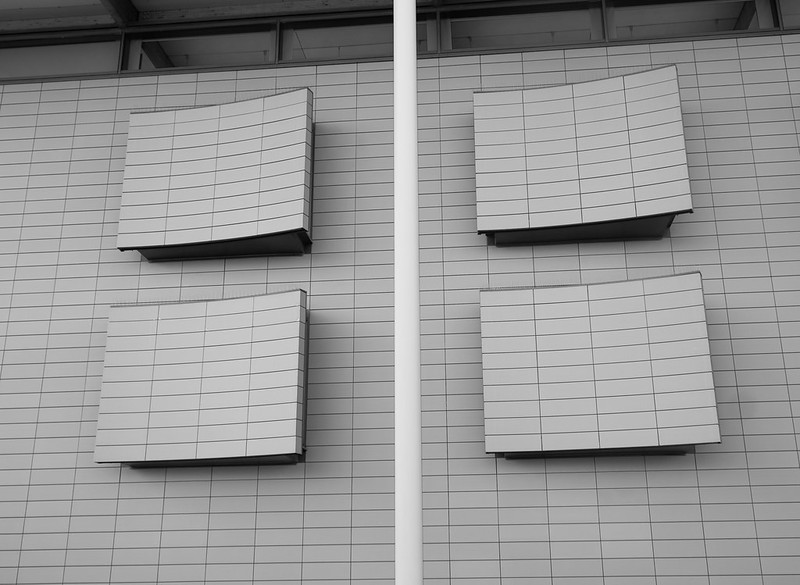
The Cambridge University Computer Lab
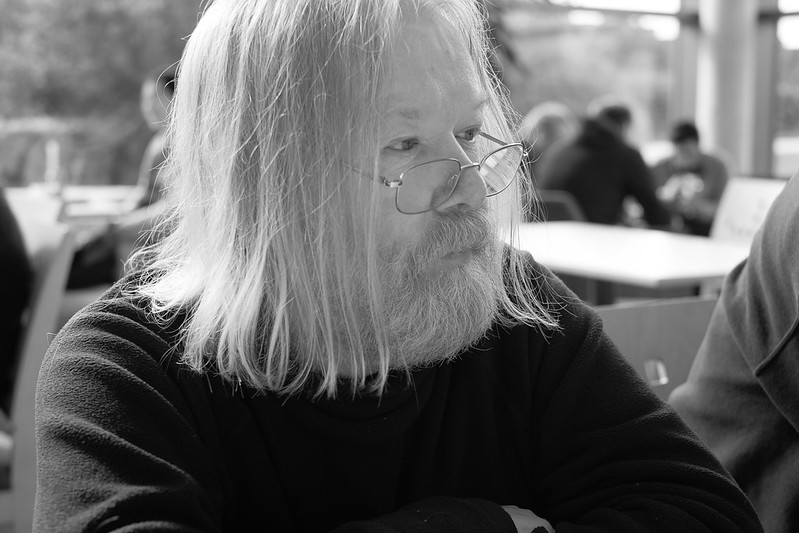
Dr Richard Clayton

Bridge planks

The Roger Needham Building








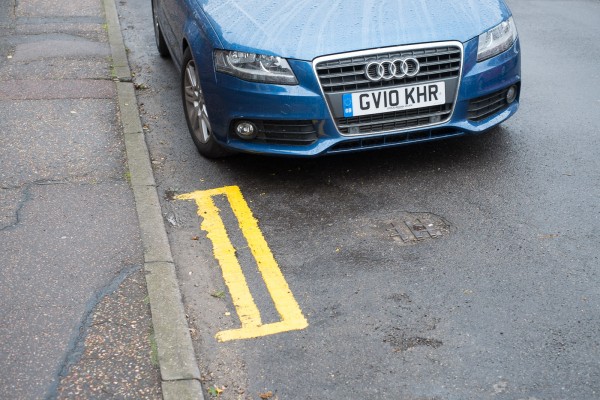






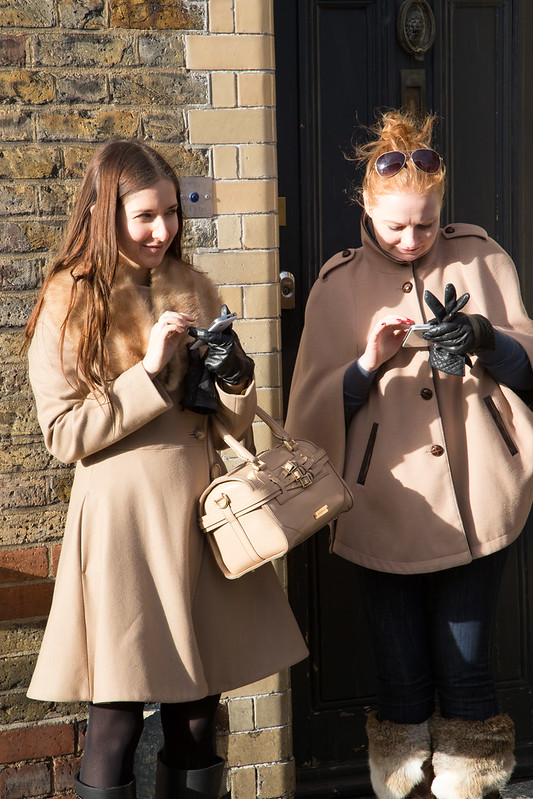

Recent Comments